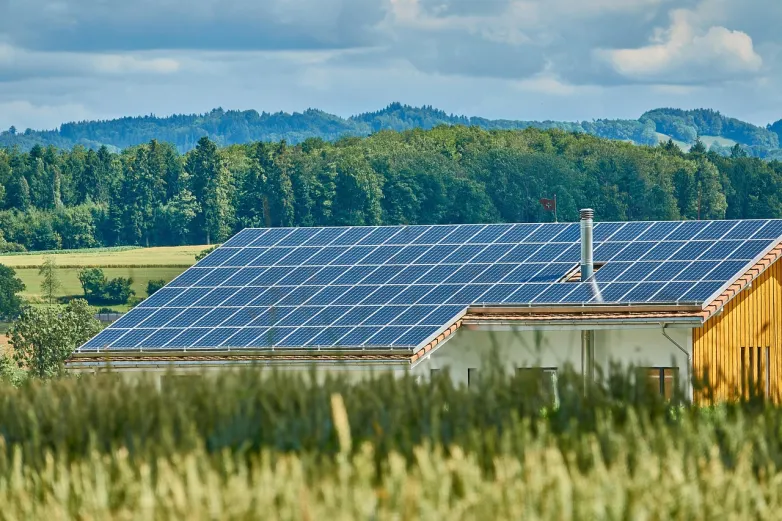Inside Europe’s Solar Supply Shift – And Why It Matters Globally

Europe’s solar energy landscape is undergoing a transformation. Once dominated by a handful of manufacturers and limited access to supply, the industry has matured into a diversified ecosystem with hundreds of suppliers, thousands of installers, and rapidly changing prices. At the heart of this evolution are digital platforms that bring greater transparency and competition to the market.
One example is SolarTraders, an independent European B2B marketplace used by over 9,000 professional solar installers. Unlike traditional wholesalers, platforms like SolarTraders allow buyers to compare offers from multiple suppliers in real-time—creating a transparent procurement environment and putting installers in control of their margins.
This model has become particularly relevant as the market has cooled slightly from its 2022 highs. In Germany, the largest solar market in Europe, falling system prices and reduced subsidy levels have pushed many installers to rethink their purchasing strategies. Rather than relying on fixed supplier relationships, they’re turning to platforms that let them react to changing conditions.
At the same time, these platforms help smaller distributors and manufacturers stay competitive. By listing their products on an open marketplace, they gain access to a wider buyer base without needing expensive sales infrastructure. In turn, installers benefit from a broader product selection and better pricing.
SolarTraders’ success demonstrates how digital solutions can stabilize supply chains and support growth—even in more volatile markets. As the EU continues to push toward its 2030 climate goals, with solar playing a central role, efficient procurement will remain a key lever. According to SolarPower Europe’s latest Global Market Outlook, Europe is expected to reach more than 1,000 GW of installed PV capacity by 2030.
This shift isn’t just relevant for Europe. As the U.S. solar market expands, installers and distributors there are also facing tighter margins and increased competition. Platforms that enable transparent, efficient sourcing could play a similar role—empowering professionals to make data-driven decisions and build more resilient supply chains.
What Europe is building now may serve as a template for solar’s next leap forward—globally.
Also read
- How to Reduce Downtime in Solar Operations?
- Hyperparameter Tuning Good Practices for Robust Predictive Models
- 5 Critical Metal Forming Processes in Solar Panel Manufacturing
- Maximizing Efficiency with Low-Maintenance Solar Panel Systems
- Cyber Hygiene for Solar Companies: Protecting Your Data from Email Threats


